Random
Visualizing Modernism: Angle /1/ The Human Presence
[O]ur whole knowledge of art is at bottom illusory, seeing that as mere knowers we can never be fused with that essential spirit, at the same time creator and spectator, who has prepared the comedy of art for his own edification. Only as the genius in the act of creation merges with the primal architect of the cosmos can he truly know something of the eternal essence of art. For in that condition he resembles the uncanny fairy tale image which is able to see itself by turning its eyes. He is at once subject and object, poet, actor, and audience.
-Nietzsche, The Birth of Tragedy (1872) — from Chapter V

James Abbott McNeill Whistler - Nocturne in Blue and Green (1870)
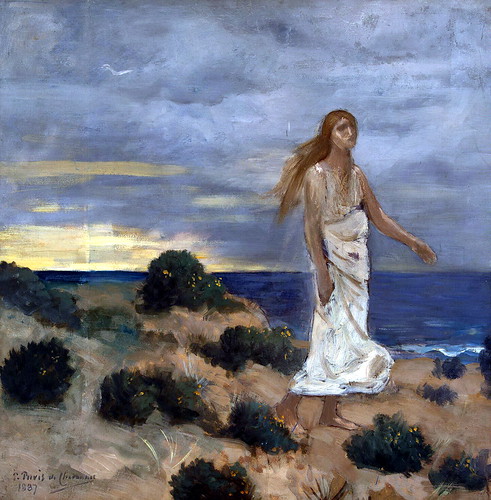
Pierre Puvis de Chavannes - Woman on the Beach (1887)

Winslow Homer - The Sponge Diver (1889)
Paul Gauguin- Manao tupapau - The Spirit of the Dead Keep Watch (1892)

Berthe Morisot - Julie Manet and Her Greyhound, Laertes (1893)

Everett Shinn - Girl on Stage (1906)

Frantisek Kupka - La gama amarilla (1907)
Léon Spilliaert - Self-portrait in front of a mirror (1908)
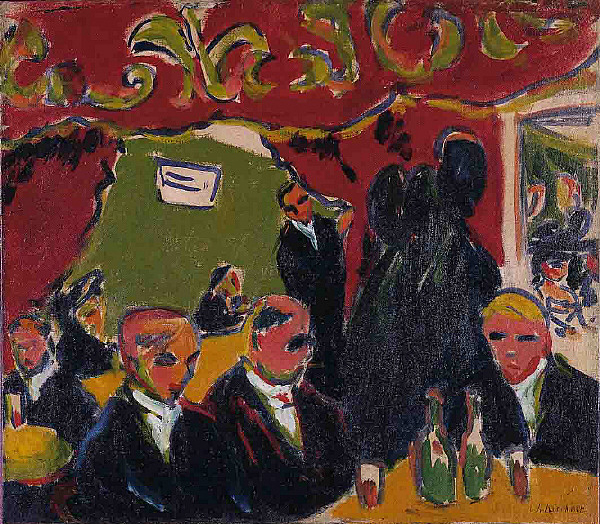
Ernst Ludwig Kirchner - Tavern (1909)
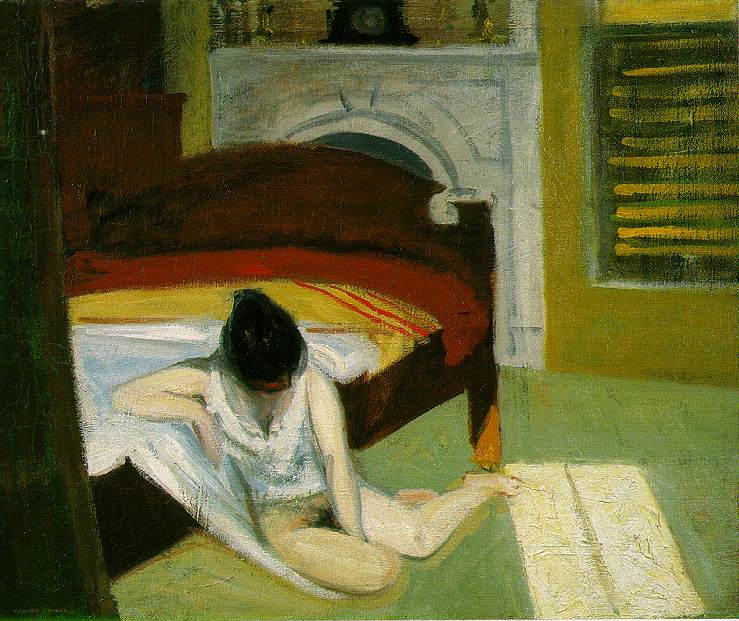
Edward Hopper - Summer Interior (1909)

Egon Schiele - Mime van Osen (1910)
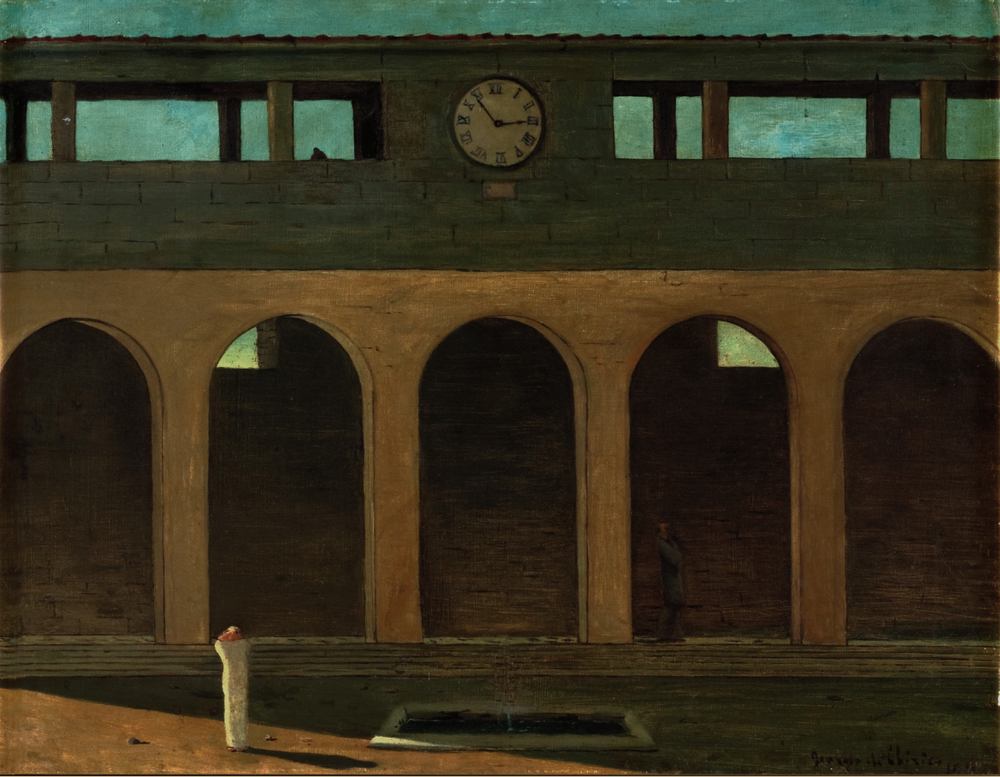
Giorgio de Chirico - The Enigma of the Hour (1911)

Alice Bailly - Self Portrait (1917)

Max Beckmann - The Night (1918)

Romaine Brooks - Renata Borgatti, Au Piano (1920)

Frederick C. Frieseke - Nude Behind Red Curtains (1920)

Diego Rivera - The Sugar Mill (1923)

Otto Dix - Portrait of the Journalist Sylvia von Harden (1926)

Thomas Hart Benton - Romance (1931-32)

Frida Kahlo - My Birth (1932)

Barbara Stevenson - Apple Vendor (1933-34)

Jacob Lawrence - Interior Scene (1937)

William H. Johnson - Cafe (1939)

Balthus - The Living Room (1942)

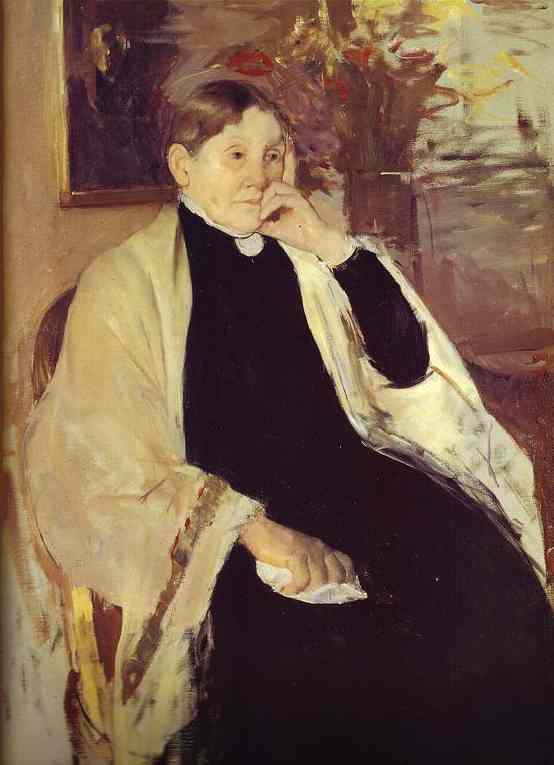
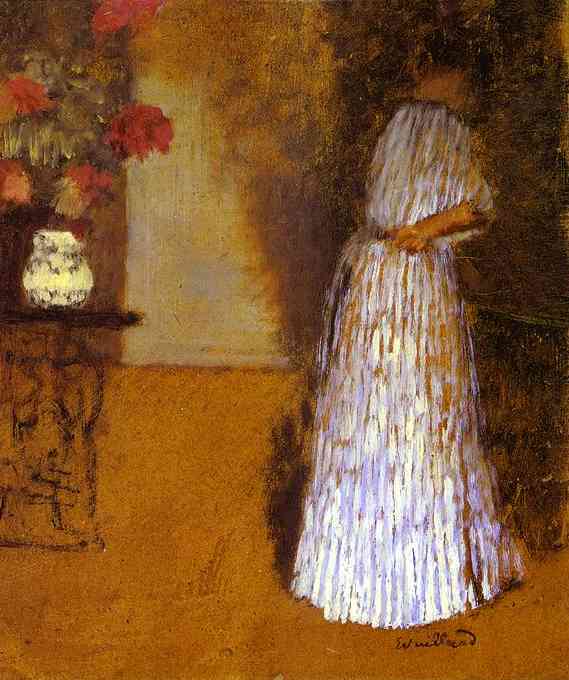
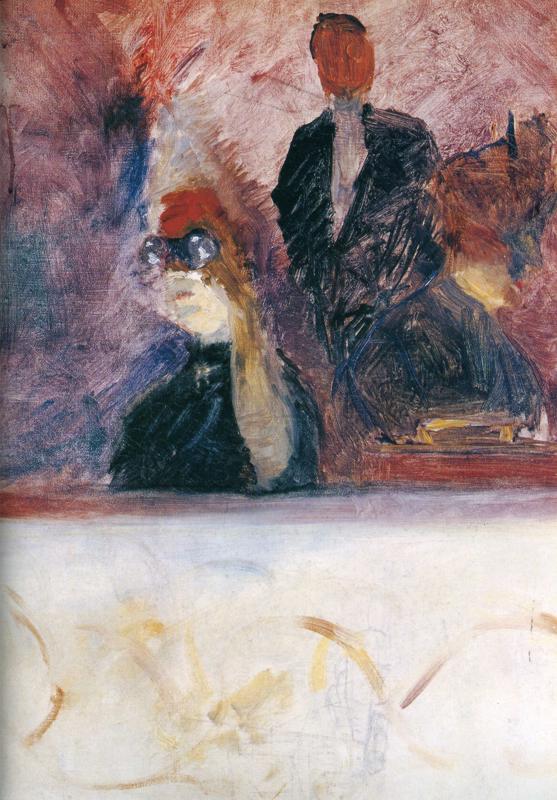
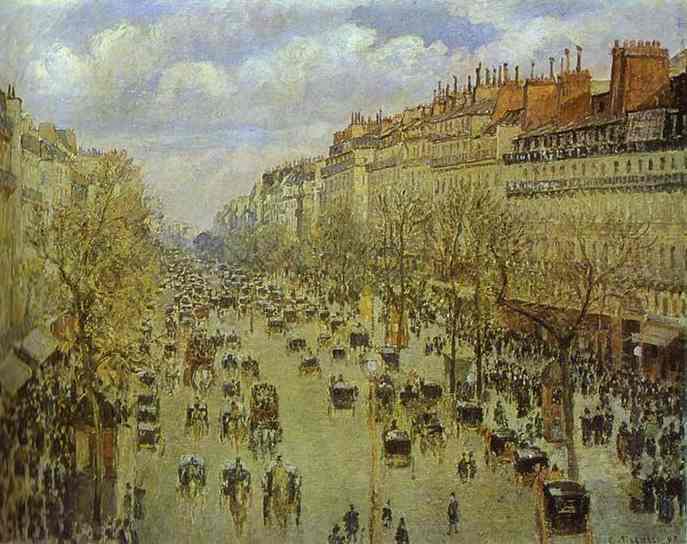

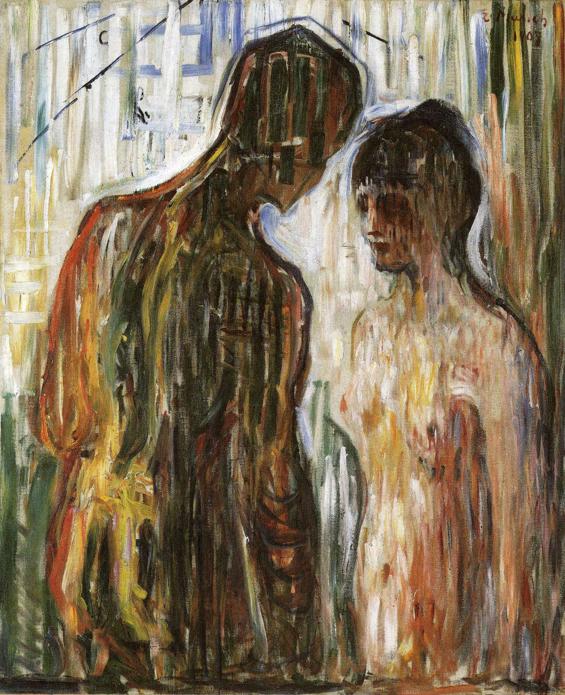
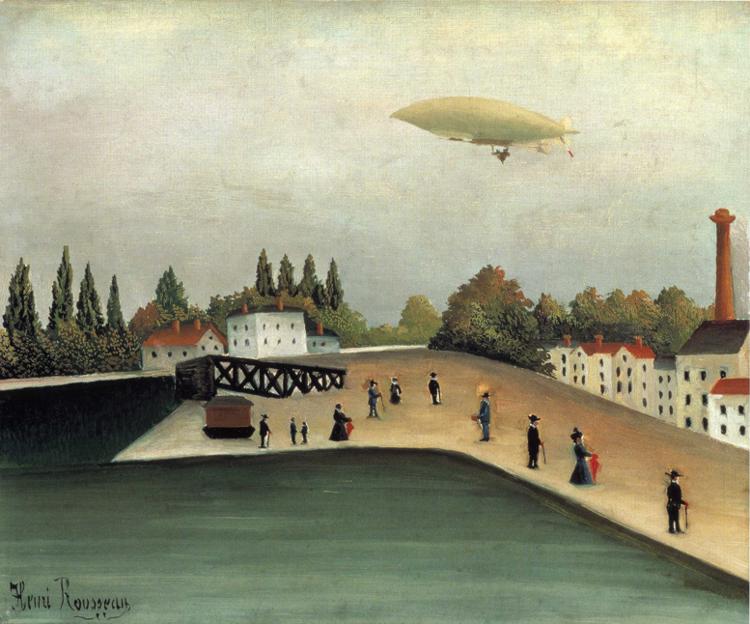

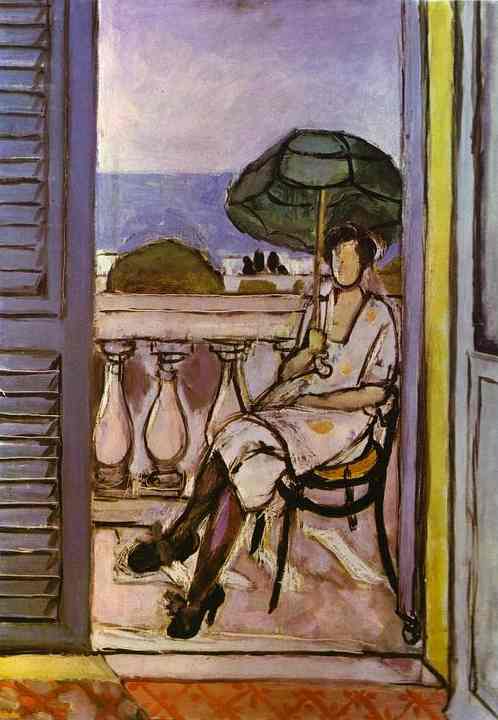
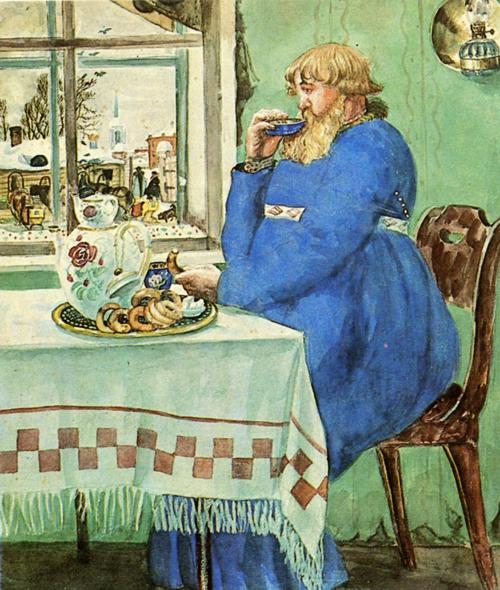
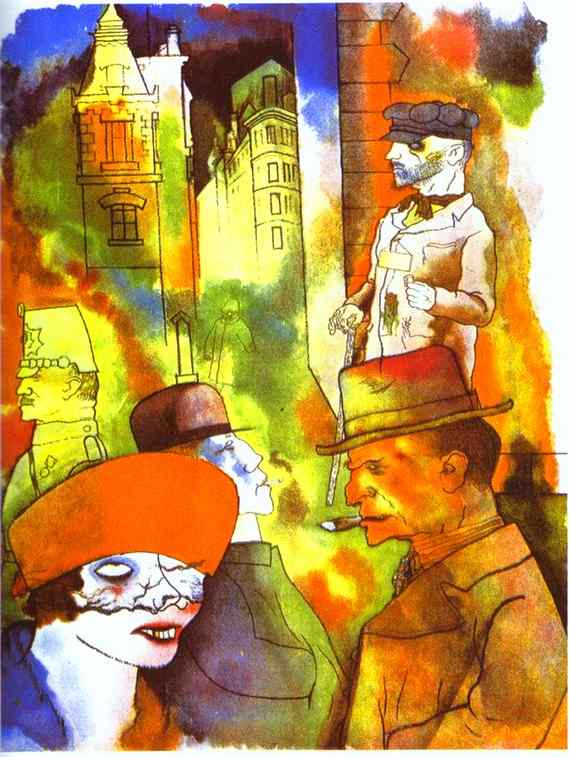
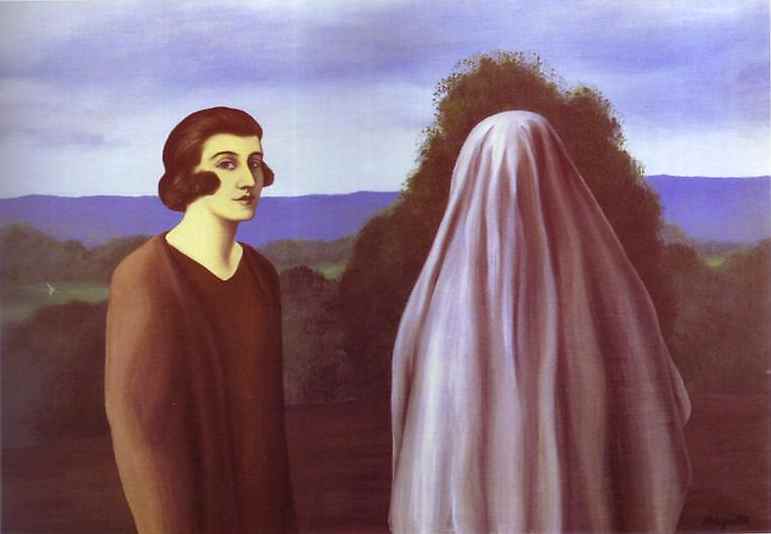
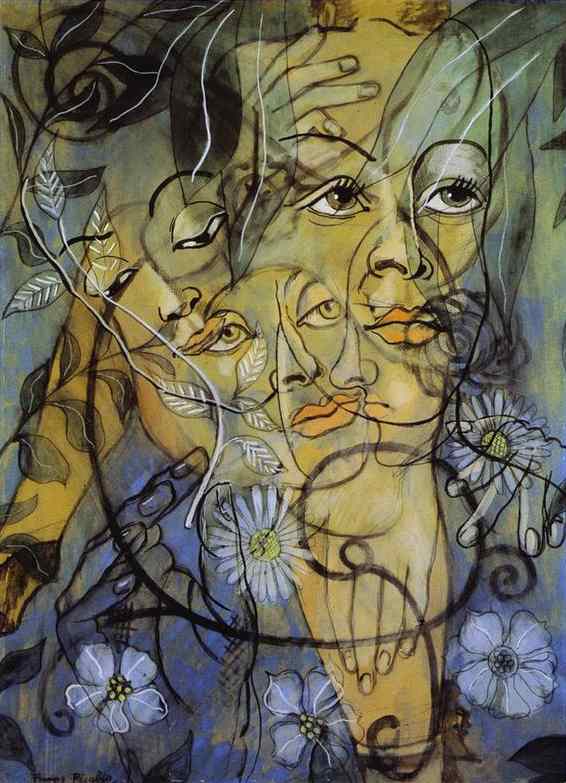
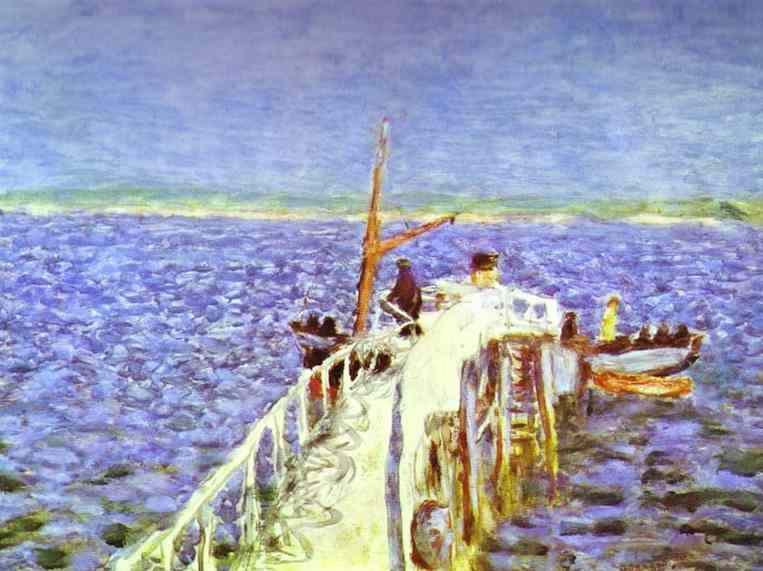
Dear Fred,
Is “mere know[ing]” not an “act of creation”? Does a gaze that respires and metabolizes not–create?
I mean that every turning eye is “at once subject and object, poet, actor, and audience” in which “essence” dissolves and of which essent is the solvent.
Give yourself a few years and you’ll be disclosing this Everything Process to me.
Your friend,
there is no shortage of mere knowers but a rarity of those “in that condition” maestro refers to
Fuuuuck sake. Fridays used to be so much fun around here.
http://www.youtube.com/watch?v=kFfMPIulF6Q
fukksake, many funner posts below. on guard!
http://www.youtube.com/watch?v=24yUUHYlJEI
A wonderful essay in images, Mr. Higgs! Especially the punctuation provided by the wider perspective paintings — the Pissarro, the Rousseau, the de Chirico, etc. And I can’t get over how Ivry Quay plays with my head the longer I look at it.
Thanks, Edmond. I very much appreciate the positive feedback.
And yes — Rousseau’s Ivry Quay is mesmerizing. To me it seems simultaneously alien, foreign, other, and utterly familiar. Many of these paintings evoke a similar reaction, for me.
I considered interspersing various quotes, and also considered commenting on each image, but then decided to let the images speak without commentary or context beyond the frame created by the title and opening remarks from Nietzsche.
Modernism has such a crazy breadth!
I like the chronological progression. You’re right–so much range even in the figurative. The Dix always reminded me of Marylin Manson.
Also the awareness that modernism didn’t simply evaporate in the 1930s — and the inclusion of painters who are often categorized differently, like Thomas Hart Benton…
http://www.youtube.com/watch?v=9gixcVIFOyE&feature=fvst
okay, um… er… but, I’ve had 2 Guinness
http://www.youtube.com/watch?v=Ct9aBySJkRQ
Okay: “that condition” is a “rarity” for Nietzsche at any time in the passage of his thought. That every thing “creates” – rather than “is” – doesn’t mean that each different confluence of forces is ‘the same’ in every way as each other.
–but Nietzsche definitely moved away from unproblematic, non-paradoxical reference to “essence”, “eternal” or otherwise. I think it’s clear that he also came to understand “edification” in a less “merely” conservative way, namely, that of self-overcoming.
Perhaps these movements in Nietzsche’s thought resemble the movement from “modernism” to post-modernity–certainly, a common idea now, eh?
Nice post. The Léon Spilliaert painting is amazing — it could almost be Luc Tuymans. And agree about the Rousseau, I didn’t know he painted things other than jungles, but somehow his city looks just as foreign.
I humbly submit this addition …
thanks i think
this narcolept has been asleep.
strong jarring or harmony color, combined with the oblique,
makes something in an analysts mind blip, become awake,
better than an essay, graph or fact, nothing to say.
when will the act become a wholesome cult?
we can om or hum, or heave in the museum,
and push brush, clack the iron arms in staccato rhythm
to quell the idleness that the street soot makes,
and look, pleasant detritus that the beat
reverberates, like a leaflet
which we paw and try to apprehend,
but perhaps was dropped
as my helpless head keeps compelled by gravity,
any way to molt away reality.
Thanks, NotI. Do you have an artist name, title, and date for this painting?
kirchner is my dog. the munch is a scene from a quirky indie romantic comedy.